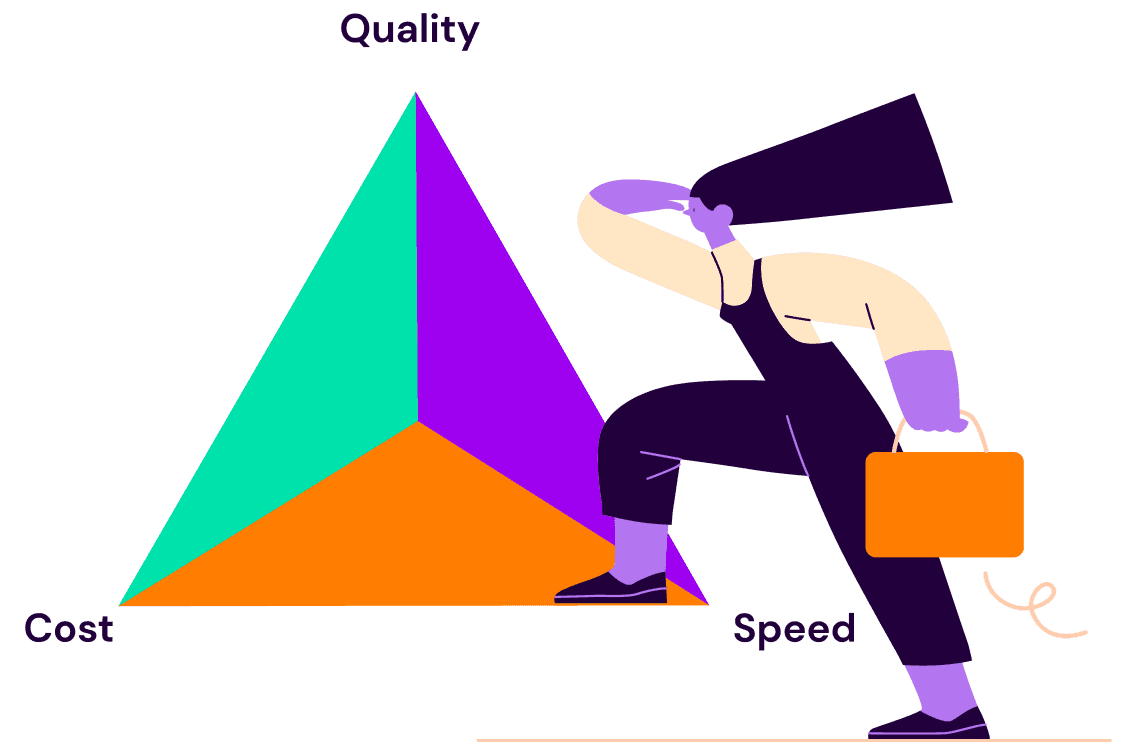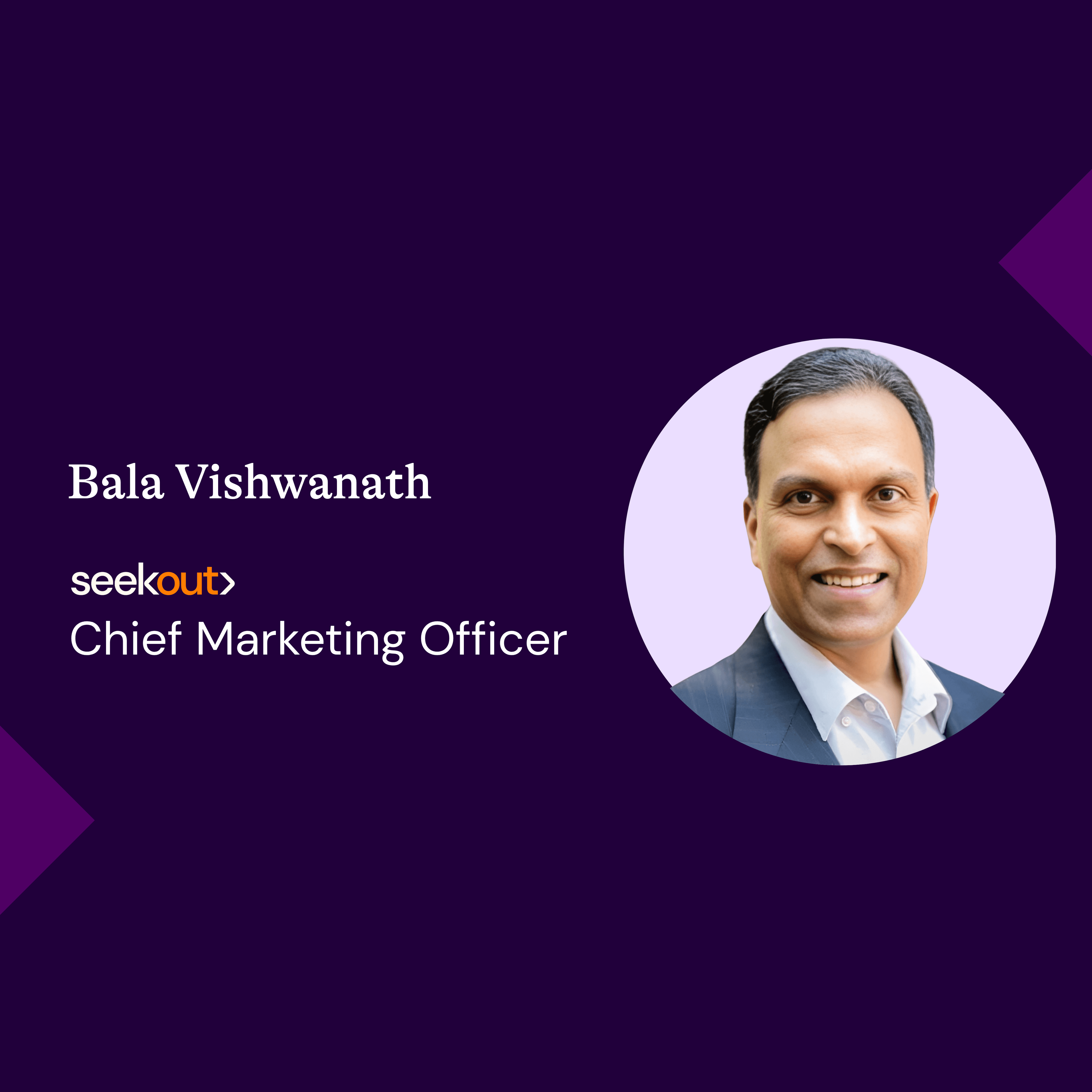
Back to blogs

How a Holistic Talent Management Strategy Shapes Organizational Agility
A comprehensive talent management strategy is essential for organizations to navigate today's economic and technological workplace changes, yet many continue to rely on a one-sided approach. Organizations lean far into reactive, external hiring and overlook their employees’ potential to fill skills gaps that can be tied to long-term, critical business objectives.
Talent teams can stop missing out on finding the best-fit people for any given role by unifying their talent strategy with the support of transparent, integrated data and tools. This blog post offers an overview of what a holistic talent management strategy could look like. You’ll learn what talent management is, how it enables workforce agility, and how AI tools can provide the people data and infrastructure that HR teams need to better strategize talent needs.
What is talent management?
Talent management is a holistic approach to how organizations hire and develop their workforce, placing emphasis on developing skills and aligning them to organizational needs. Effective talent management strategies enable flexibility and ensure that organizations can achieve the best business outcomes by having the right talent and the right skills at the right time.
Benefits of a talent management strategy: Cost-effective agility
A talent management strategy makes hiring from within a smart and cost-effective option whenever possible. It reduces costly turnover, keeps employees engaged, and shapes a confident workforce that can quickly adapt to changing market demands.
Several benefits of a talent management strategy include:
High employee retention and engagement. According to Gallup, employee engagement in the U.S. has fallen to 31%, the lowest level in a decade. You can’t mobilize your workforce when employees aren’t motivated to stay. Providing clear career development pathways and opportunities to upskill and reskill helps employees envision a future in the organization where they’re excited to work.
Reduced recruitment and training costs. By developing high-potential internal talent, organizations have the option to skip the expense of external hiring. Employees offer the advantage of faster onboarding, which means they can start work on high-priority projects earlier than someone new because they’re already familiar with the organization’s product or service, goals, and culture.
Increased organizational agility. A talent management strategy can anticipate skill gaps and emerging talent needs. For example, when HR teams spot trending skills that align with business objectives, they can determine how many employees to upskill and how many external hires are needed to fill in the gaps.
Whether it’s advances in technology or economic demands, change will continue to happen. A holistic talent management strategy allows organizations to stay ready for what’s next by building an adaptable and skilled workforce that can meet evolving business needs as they arise.
CHRO Observations: 2025 Talent Management Trends to Watch
Read nowComponents of a talent management strategy
A talent management strategy is comprised of several processes that work together so that organizations can understand their workforce. Traditionally, talent acquisition and talent management are thought of as separate pillars of a talent strategy, but this approach doesn’t offer organizations the adaptability they need to stay competitive. Embracing both as a single strategy ensures that teams have the insights and visibility needed to know where to look for talent right away and down the line.

“Many organizations don’t know what talent they have, what talent they need, or where their talent is going—so they’re in a perpetually reactive state.”
Andrew White, Global Program Manager of Internal Hiring, Microsoft
Strategic workforce planning
Strategic workforce planning is how organizations map the right people, the right skills, and the right roles to align talent to long-term business goals and enable workforce agility. Employees can be deployed across the business when needed with as little friction as possible and external talent is hired as allocated by the roadmap. A strategic workforce plan will also provide flexibility for ad hoc hiring when needed.
Report: How to Bridge the Strategic Workforce Planning Gap and Unite Your Talent Strategy
Read nowForming an effective plan requires analyzing an organization’s existing talent, forecasting future talent needs based on the business’s trajectory and market conditions, and identifying the skills needed to fill those gaps.
Internal mobility
Internal mobility supports strategic workforce planning by enabling employees to seek new roles or opportunities, such as promotions, lateral movement, and cross-functional projects. It turns your existing workforce into your competitive advantage, moving people and their skills where needed while creating career growth opportunities that support employee retention.
15 Interview Questions to Ask Candidates
Read nowTo make internal mobility a reality, your organization needs to foster a culture where employees feel empowered to seek opportunities and where managers are encouraged to help their top employees achieve their career goals.
Upskilling, reskilling, and development
Once an organization has a clear vision of its strategic objectives, it can determine the skills and critical job roles that will shape its workforce and structure internal mobility opportunities offered to employees.
Why Becoming a Skills-Based Organization is a Smart Business Move
Read nowOrganizations can offer mentorship, learning opportunities, and resources to help employees feel confident transitioning into new roles. Some do this through internal talent marketplaces, where organizations post open roles, projects, gigs, and learning opportunities, and employees can apply based on their career goals, skills, and interests.
Talent acquisition
According to research by The Josh Bersin Company, only 8% of talent acquisition teams are involved in workforce planning and internal mobility projects. This is a missed opportunity to shape holistic talent management strategies from the very beginning.
Report: Redefining the Role of the Recruiter, from Sourcing Expert to Talent Advisor
Read nowTA teams are usually tapped for urgent hiring needs, but they have insights into the market that other talent teams may not be as privy to, such as emerging skill sets and availability across talent pools. Building deep knowledge of the organization’s business strategy is key here, and HR should support TA’s ability to pursue that in order to create full alignment across talent teams.
Challenges in talent management strategy
Talent management strategy faces roadblocks when business leaders, finance, and talent teams operate in silos, and when HR teams don’t have access to data that enables strategic planning.
No strategic alignment between teams
According to Gartner, 72% of HR teams lack full integration with business planning processes. HR is often expected to take sole responsibility for talent management strategy, which means they tend to work alone.
But the reality is that finance teams and business leaders should view workforce planning as their priority, too. Talent strategy is directly linked to the bottom line. Organizations can’t build teams that drive growth when skills, costs, and business goals don’t align.
Lack of systems integration
HR teams commonly have data scattered across different systems, making it difficult to truly assess their needs and set realistic goals. And with the data teams do have, information isn’t always up to date.
Every Talent Pool in One Spot: Simplify Sourcing with Cross-Channel Search
Read nowAI-powered talent platforms can alleviate this challenge by bridging the data between HRIS, ATS, job architectures, and public profiles to get a complete, single view of every available talent pool, both internal and external. These insights let talent teams exhaust every possibility to find the right fit for any role.
An example of a talent management strategy in action
Enabling internal mobility requires that employees feel supported in their career development within the organization. They receive clear career pathing and the appropriate training and upskilling needed to reach their goals. Many organizations don’t have the data insights needed to identify such opportunities for their employees—or they do, but it’s not in one place, making it nearly impossible to assess them properly.
A Fortune 500 defense company reworked its talent management approach by implementing an AI-assisted talent intelligence platform to unify its disparate employee data across multiple systems. They were able to integrate information from their ATS, HRIS, finance system, and public sources, and they can now quickly assemble qualified talent, understand employee skills, and proactively manage internal mobility.

“Having one platform for talent acquisition and talent management is key for a holistic talent strategy. It’s a forcing function for collaboration and will connect recruiting initiatives to your retention strategy—key for workforce planning and skills analysis.”
VP of Talent Acquisition, Fortune 500 Defense Company
The company eliminated hundreds of hours of manual work in talent acquisition and enabled more strategic HR initiatives for long-term success. They can now identify employees for new projects, recommend personalized learning opportunities, and create clear career paths, which have improved retention rates.
How a Leading Defense Company Transformed Talent Mobility and Retention with SeekOut
Read nowSeekOut: A unified approach to talent management strategy
With SeekOut, talent teams can access data on internal and external talent pools all in one platform. SeekOut connects to your existing HR systems to bring you up-to-date information on current and former employee work experience and interests while also giving you access to nearly 800 million public profiles.
Request a demo here to learn how SeekOut unifies people data to help organizations reach their talent goals.
See us in action
Learn how SeekOut unifies people data to help organizations reach their talent goals
Request a demo



